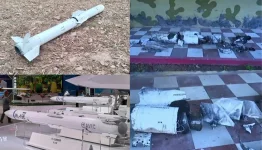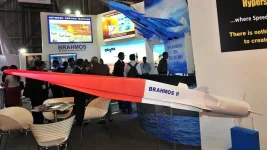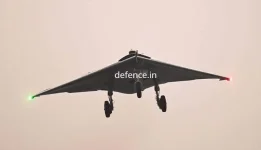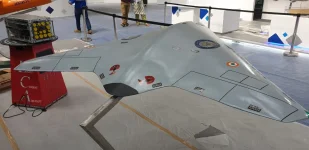- Views: 4K
- Replies: 8
India's Defence Research and Development Organisation (DRDO) is currently analysing a retrieved Chinese PL-15E air-to-air missile, according to a senior official.
However, the DRDO official has refuted assertions about the missile's advanced technology, stating that the Chinese weapon, often promoted as a leading beyond-visual-range air-to-air missile (BVR-AAM), does not match the capabilities of India's own Astra missile series.
The official commented, "We will examine the PL-15E to understand its features, but there appears to be limited technology worth replicating. It doesn't represent the significant advancement that China suggests."
He further highlighted that India's domestically developed Astra Mk2 beyond-visual-range radar-active missile and the forthcoming Astra Mk3 variant possess notably better performance, reach, and technological features than the Chinese PL-15E.
The DRDO's positive assessment is supported by the swift advancements in the Astra missile development project.
The Astra Mk2 version has begun its integration process with the Indian Air Force (IAF), and it is anticipated to be fully operational by 2026. This missile is engineered for improved range and accuracy, aiming to strengthen the IAF's air combat strength on aircraft such as the Sukhoi Su-30 MKI and the Tejas Light Combat Aircraft.
Key features of the Astra Mk2 include sophisticated radar guidance for homing in on targets and an upgraded propulsion system, allowing it to accurately engage enemy aircraft from greater distances. Beyond-visual-range missiles like the Astra are crucial for modern air warfare, enabling pilots to engage adversaries before being detected or engaged themselves.
Concurrently, preparations are underway for testing the Astra Mk3, a more sophisticated model in the Astra series. The DRDO representative affirmed that this missile is progressing as planned towards production in the near future, intending it to be a vital component of India's air defence capabilities.
The Astra Mk3 is anticipated to feature state-of-the-art technology, such as an extended operational range, dual-pulse rocket motors for varied thrust profiles, and advanced electronic countermeasure systems to overcome enemy defences.
These features aim to make it a strong contender among international beyond-visual-range missile systems. Dual-pulse rocket motors can significantly improve a missile's end-game manoeuvrability and range by allowing for a second burst of thrust during its flight.
The retrieval of the PL-15E, believed to be an export version of China's PL-15 missile, has generated discussion within defence analysis circles.
Nevertheless, the DRDO's evaluation indicates that the missile's actual capabilities may be exaggerated and could be based on older or less advanced technology when compared to India's indigenously developed missile systems.
This assessment is consistent with India's increasing emphasis on achieving self-sufficiency in defence production through its "Make in India" programme, with the Astra missile project standing out as a prime illustration of domestic technological achievement. This drive for indigenous development aims to reduce reliance on foreign suppliers and bolster national security.




